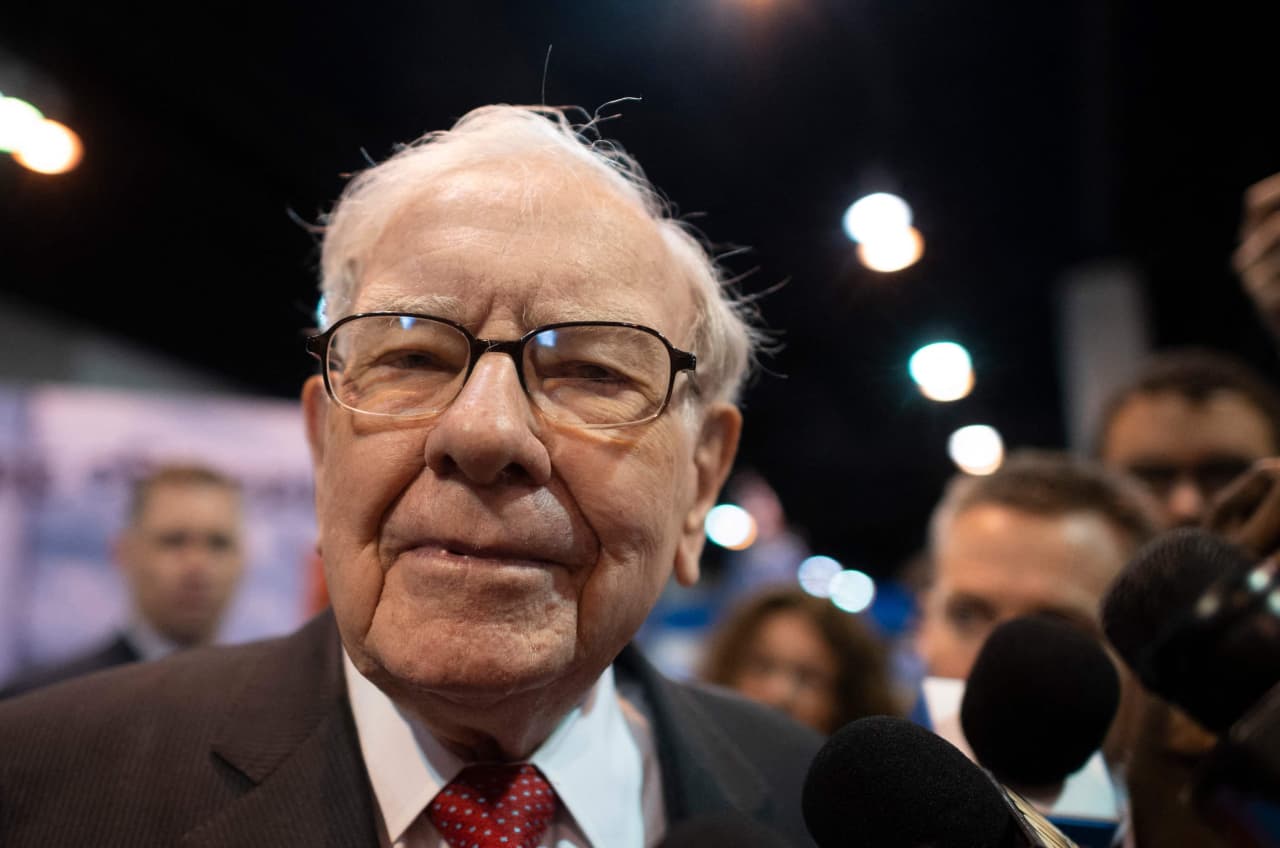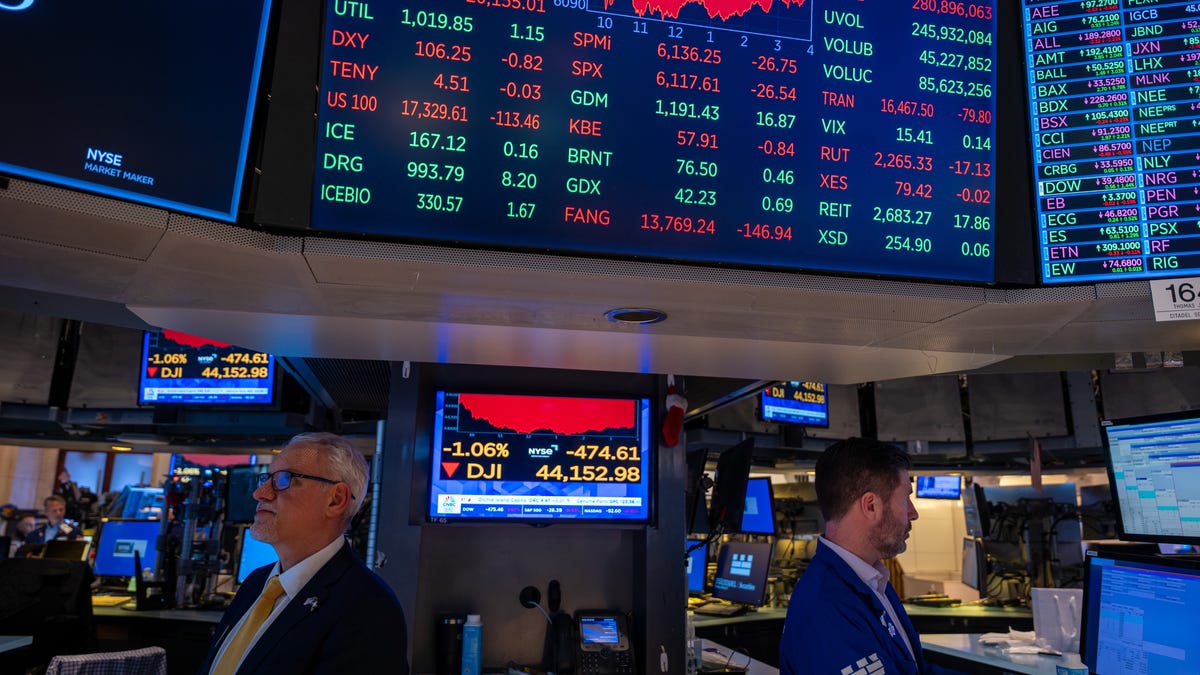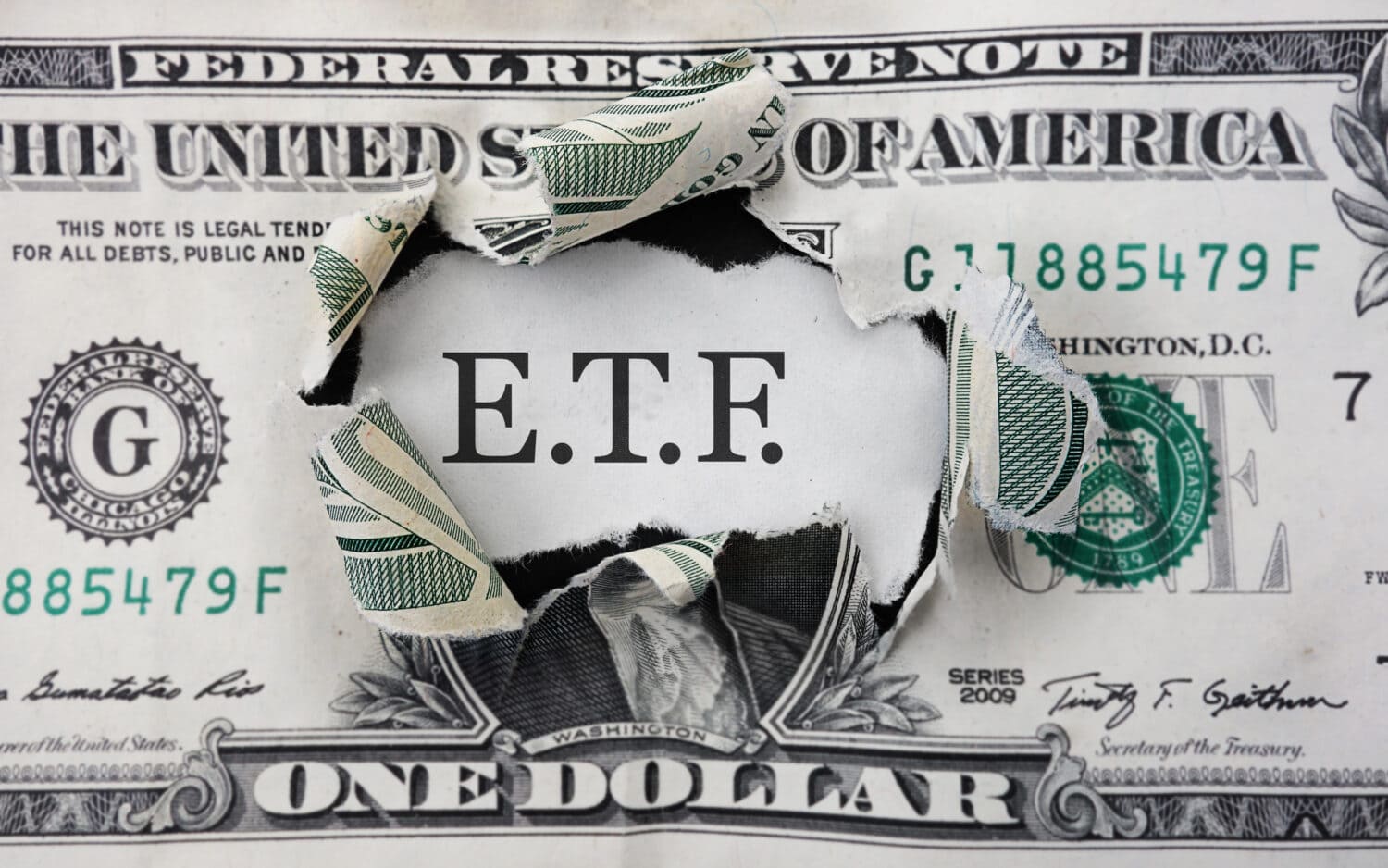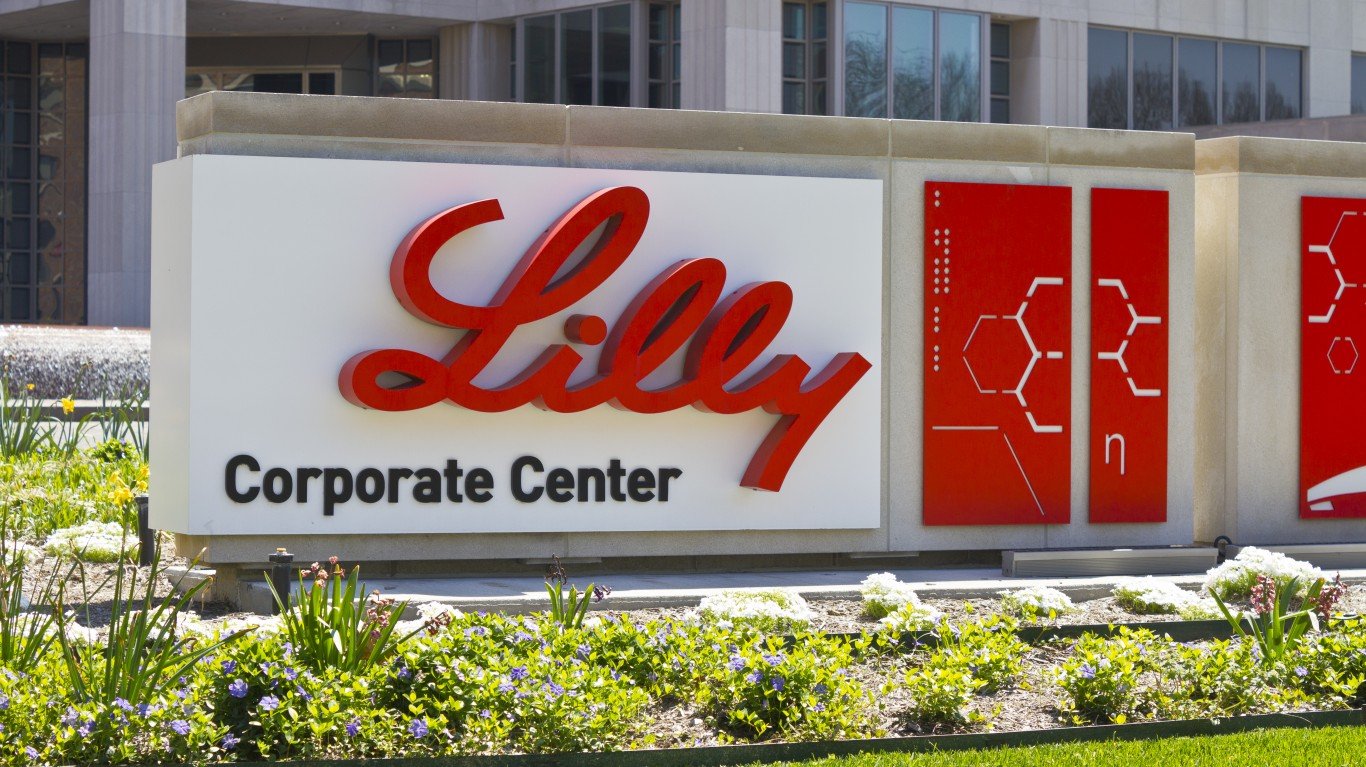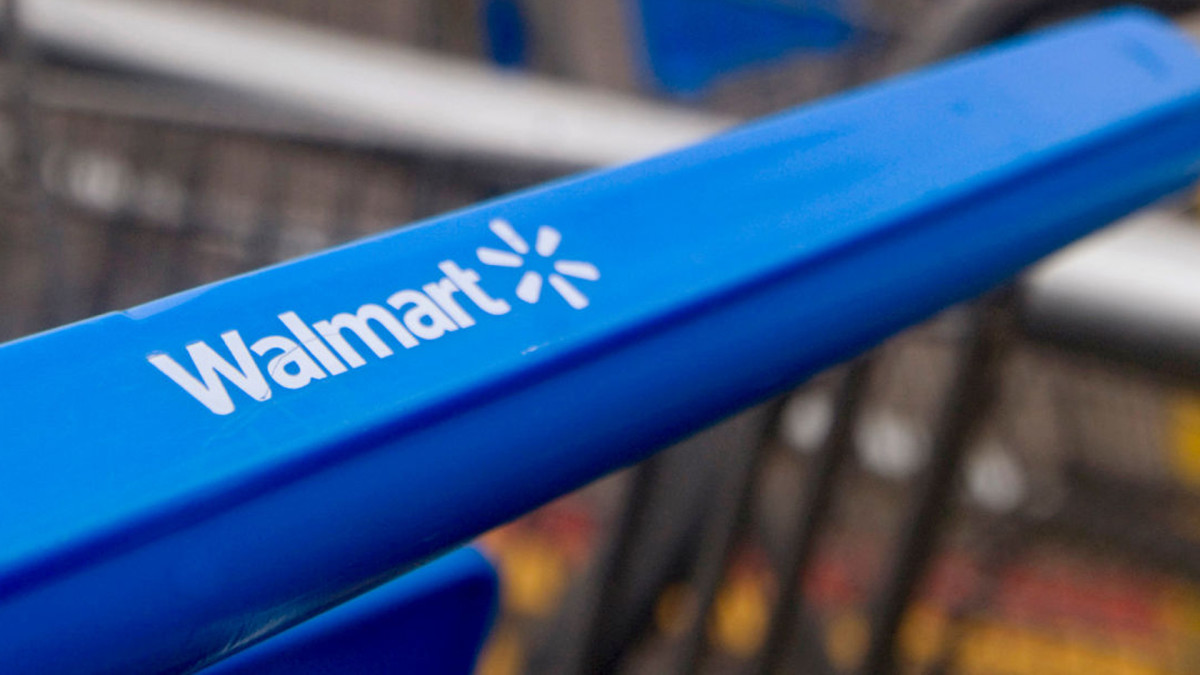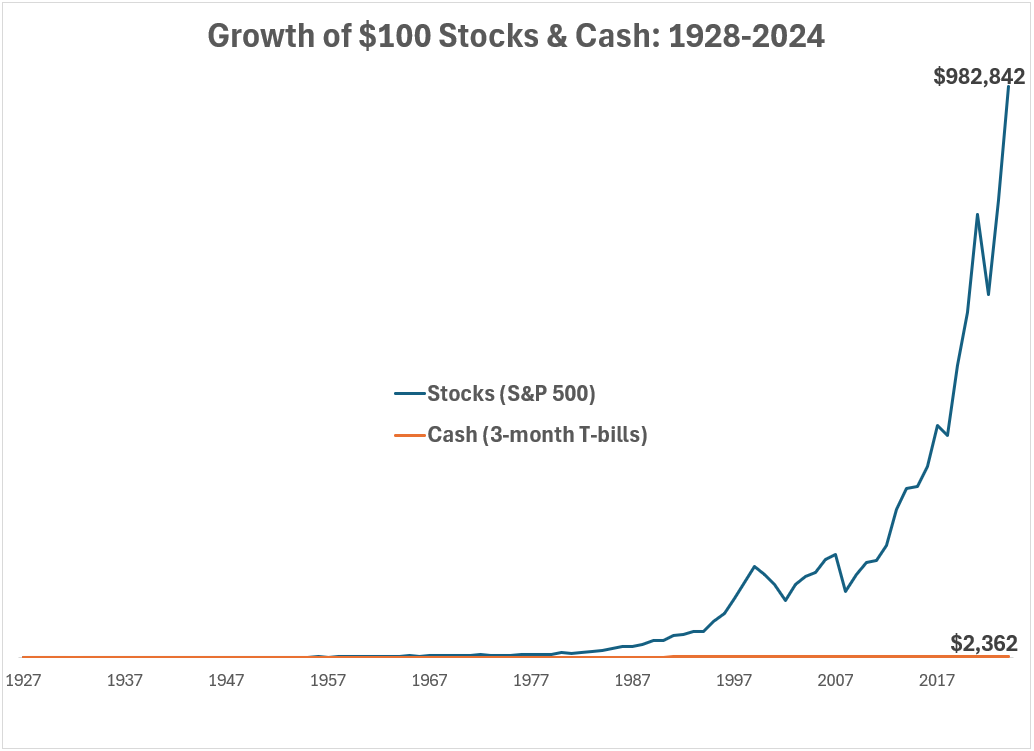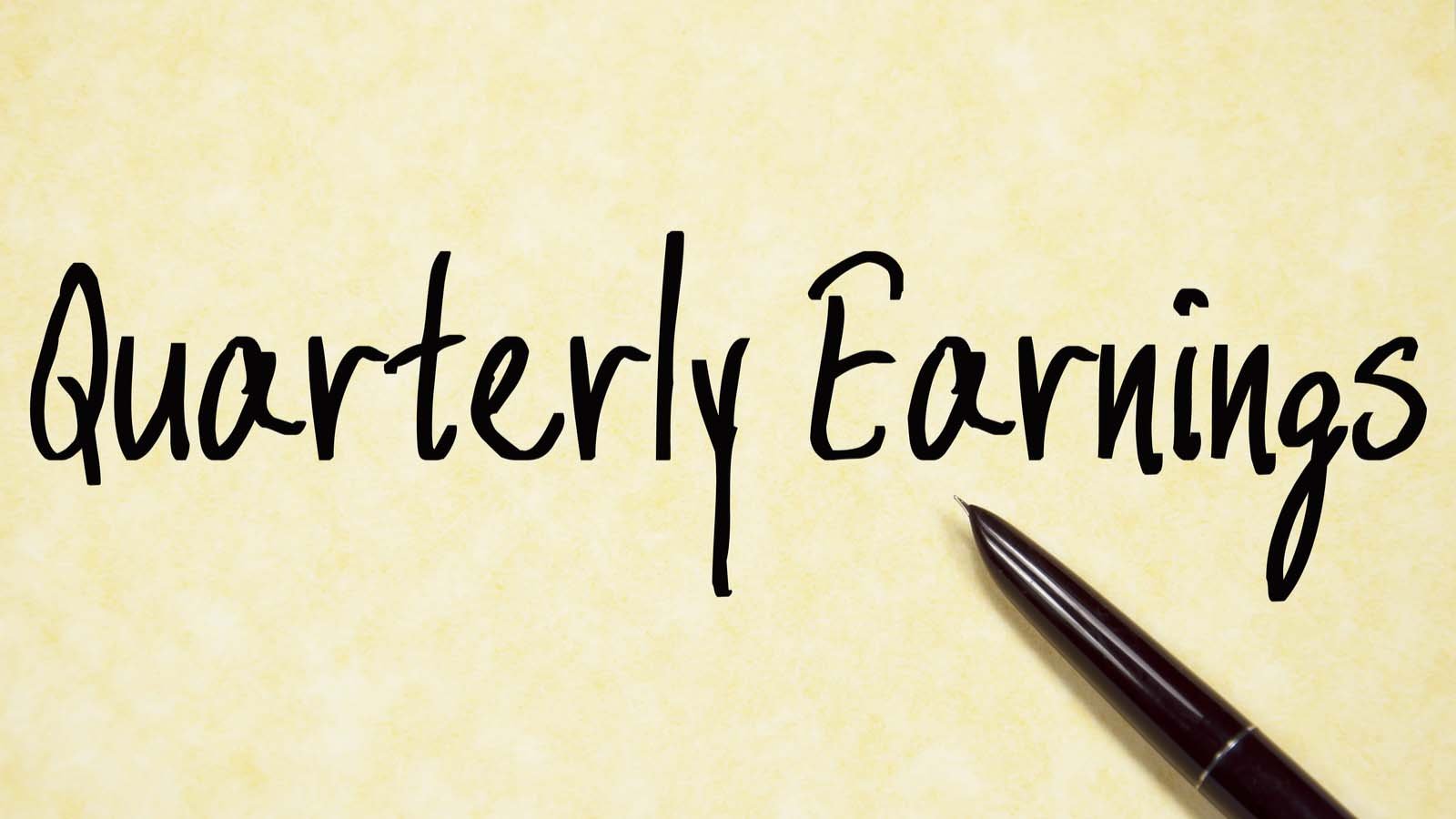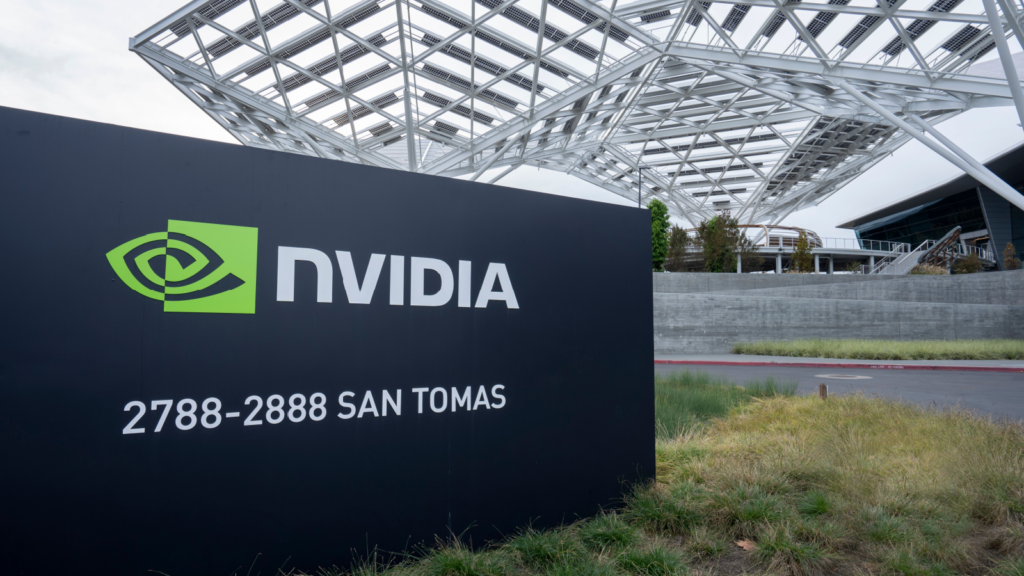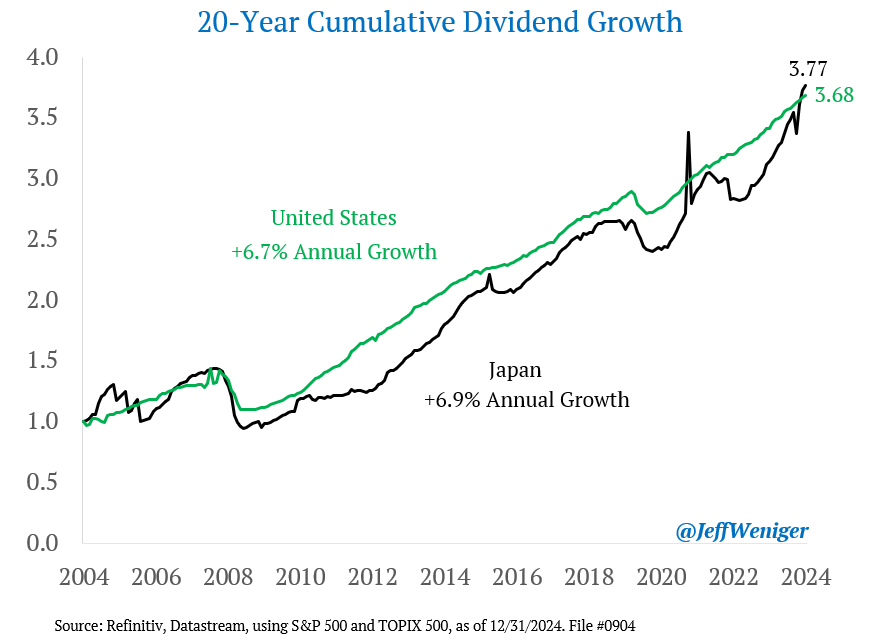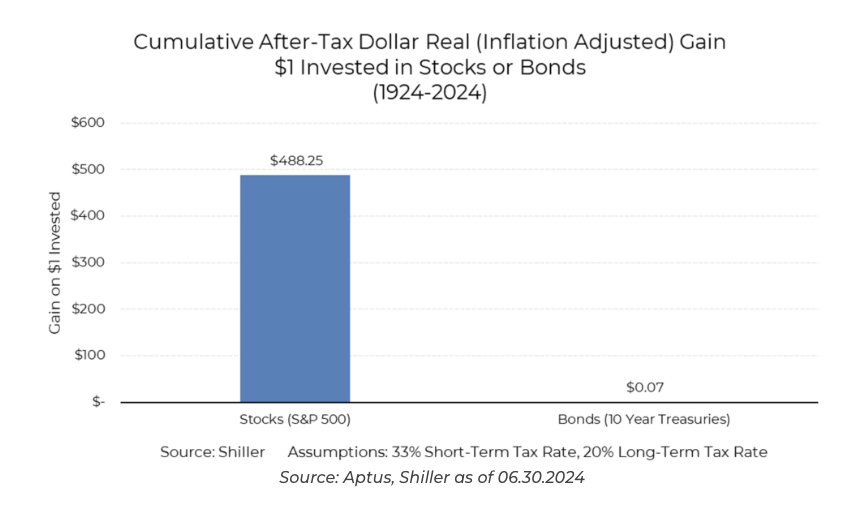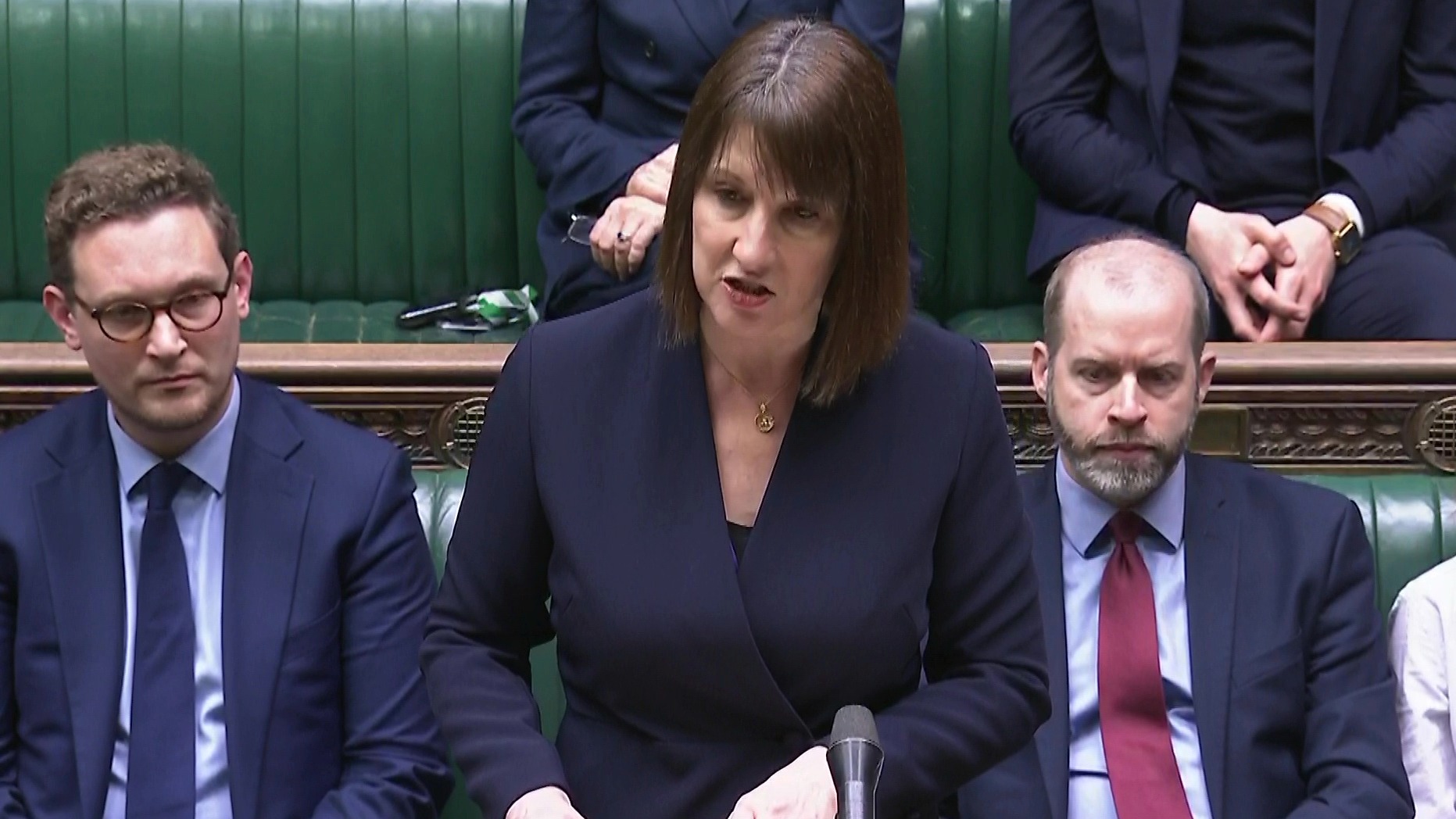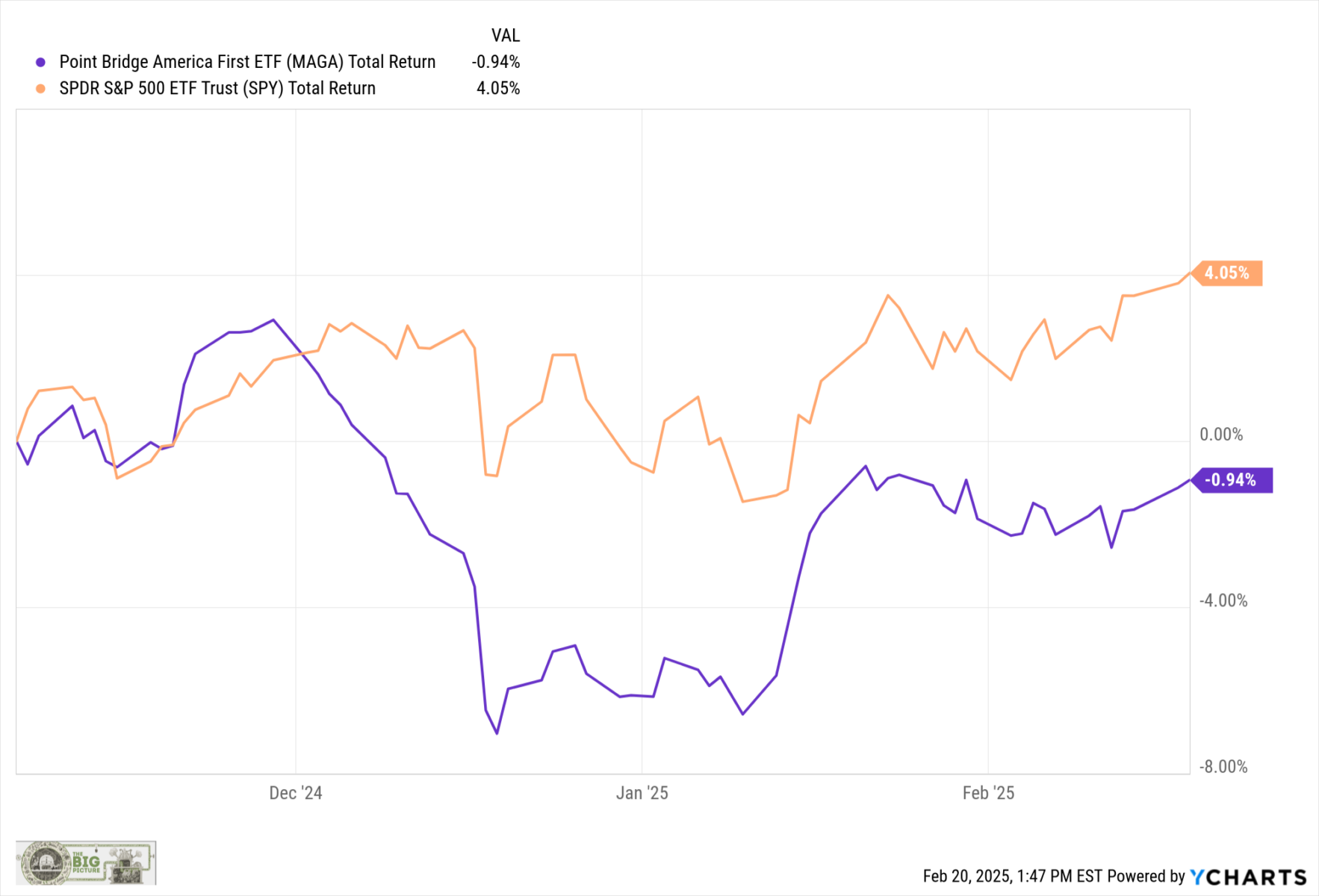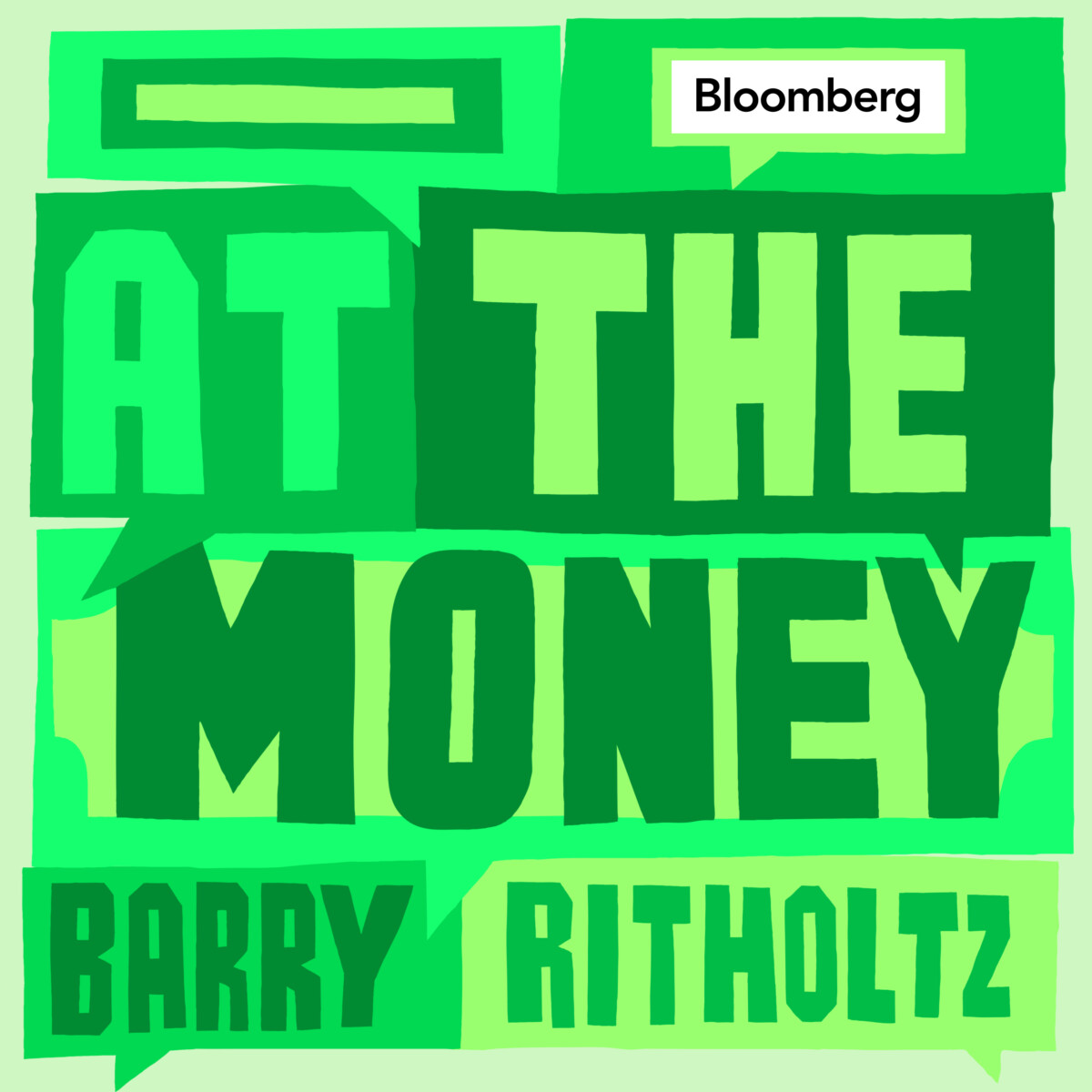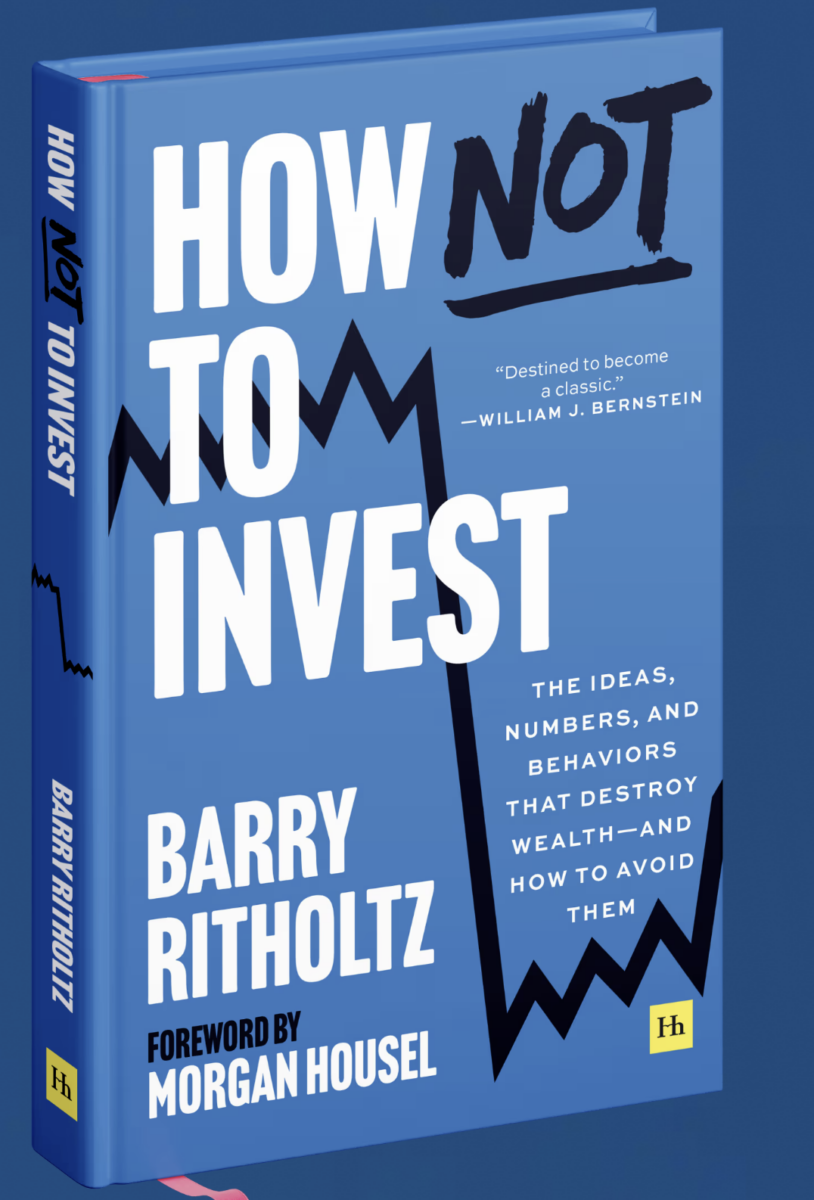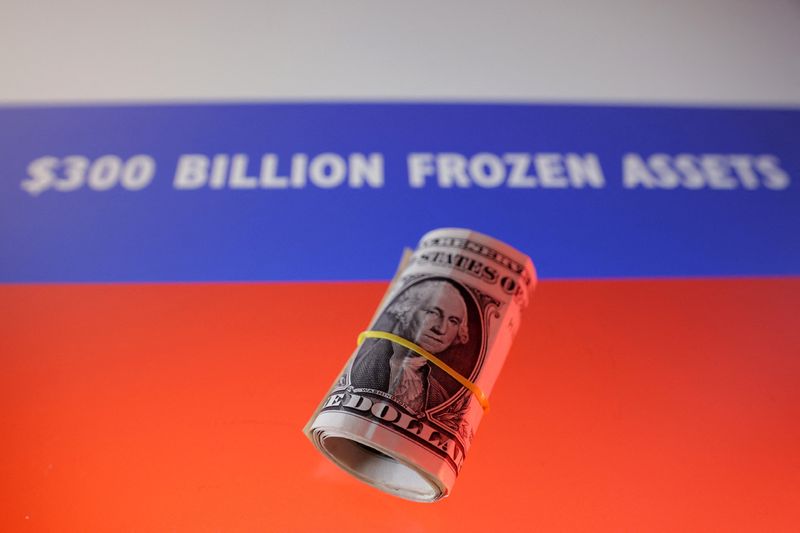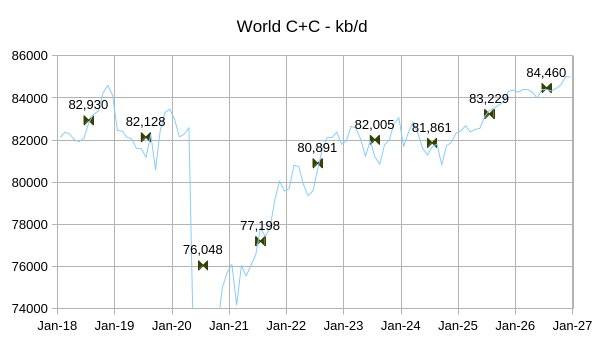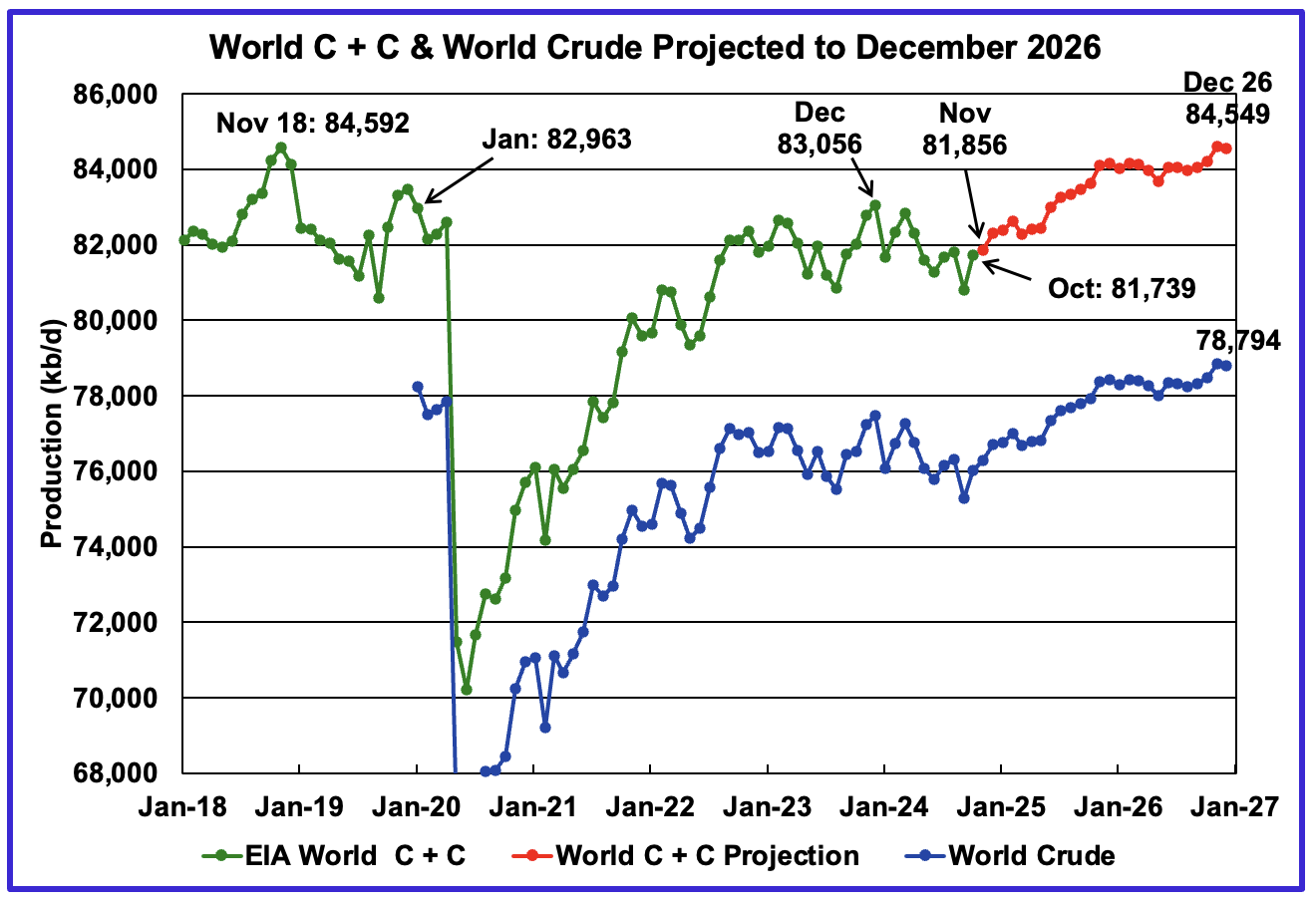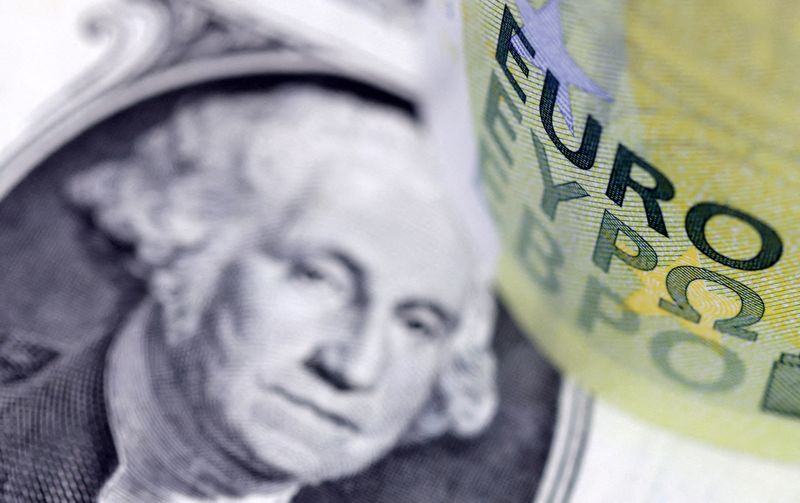I Believed Microsoft Stock Was Too Expensive, But These 2 Growth Stories Made Me Reevaluate
Although the Magnificent 7 tech stocks have been the primary drivers for the bullish S&P 500 run over the past few years, they do not trade uniformly and in tandem. For example, Nvidia’s overall run has been significantly greater than its Magnificent 7 peers, while Tesla had languished for a number of months during 2024. […] The post I Believed Microsoft Stock Was Too Expensive, But These 2 Growth Stories Made Me Reevaluate appeared first on 24/7 Wall St..

Although the Magnificent 7 tech stocks have been the primary drivers for the bullish S&P 500 run over the past few years, they do not trade uniformly and in tandem. For example, Nvidia’s overall run has been significantly greater than its Magnificent 7 peers, while Tesla had languished for a number of months during 2024.
Microsoft (NASDAQ: MSFT), along with Apple, could be considered the tech “senior veteran” members of the Magnificent 7. However, where Apple has maintained a bullish trajectory over the past year, Microsoft has appeared to hit a ceiling that repeatedly has sent it back down twice 10-11%, with the third time just in the past few weeks. Some recent news developments might spike a change in that cycle.
Key Points
-
Microsoft has been trading between $400-$450 over the past 12 months (as of the time of this writing), last reaching resistance at $450 in mid-January before falling back to $400-$410.
-
Nevertheless, analysts are giving Microsoft multiple “buy” ratings, anticipating a price target range as high as $520-$550.
-
Some recent AI developments could bode very well for Microsoft’s Azure on the upside to justify the analysts’ bullish prognostications.
-
Last year we published our “The Next NVIDIA” report that called Palantir before its epic run. The report is absolutely free and comes with 38 pages of in-depth research on top AI stock ideas. However, it’s only available for a limited time. Click here to learn more and grab your complimentary copy.
Microsoft Overpriced?

Microsoft and Apple have been rivals ever since Bill Gates and Steve Jobs both launched competing personal computer operating systems that revolutionized the world and brought the mass population into the digital age.
Given both stocks’ performance over the past decade, their Magnificent 7 inclusion is warranted due to their bullish influence on the S&P 500 Index. However, over the past 12 months, Apple has gone from the $183 range to the $240-$260 range. This trajectory has been at a relatively consistent 35 to 45 degree angle.
By contrast, Microsoft has been consistently ping-ponging between roughly $400 and $450 during the same period.
From a trading perspective, this volatile 50-point spread can make for a reliable options play, but Microsoft’s repeated inability to break technical resistance could be interpreted as a sign that the overall market doesn’t think the stock is worth more than $450 per share, barring any new press leases or news developments. Therefore, as an investment, a bullish sentiment might not be justified. However, a closer look between the lines of the company’s latest financial report and a surprise announcement from Elon Musk might be cause for a reevaluation.
Reading Between The Lines

Microsoft released its 2025 Q2 financial report at the end of January. Some of the highlights included:
- Revenue increased by 12% year over year to $69.6 billion, while adjusted earnings per share (EPS) rose 10% year over year to $3.23.
- Cloud revenue notched $40.9 billion in Q2, which was up 21% year over year. This growth was mainly driven by a 31% year over year jump in revenue from the Azure cloud computing platform and other cloud services.
- Azure AI services increased to $13 billion, a 157% increase year over year.
Despite these healthy numbers, the stock fell back to the low end of the $400-$450 trading range as investors expressed disappointment with third quarter future guidance not being as robust as anticipated.
- Microsoft’s presence in AI is in providing its Azure cloud storage services, its Microsoft 365 Copilot chatbot, and its exclusive agreement with OpenAI.
- Microsoft Azure controls 24% of the global cloud infrastructure market, up 2 points over 2023. Azure is poised to potentially catch up to industry leader AWS (32%) with $40 billion in additional data center investments this year and another $40 billion committed in the subsequent future.
- Cloud capacity demand has increased exponentially, due to AI. Microsoft has wisely integrated its customized proprietary Cobalt and Maia AI chips with hardware from AMD, Nvidia and Intel to boost Azure performance while lowering cost, thus expanding AI market share.
- Microsoft currently has generated >2x price performance gain for every hardware generation and >10x gain for every model generation due to software improvements in its data center servers.
Microsoft Sees the OpenAI Writing On the Wall
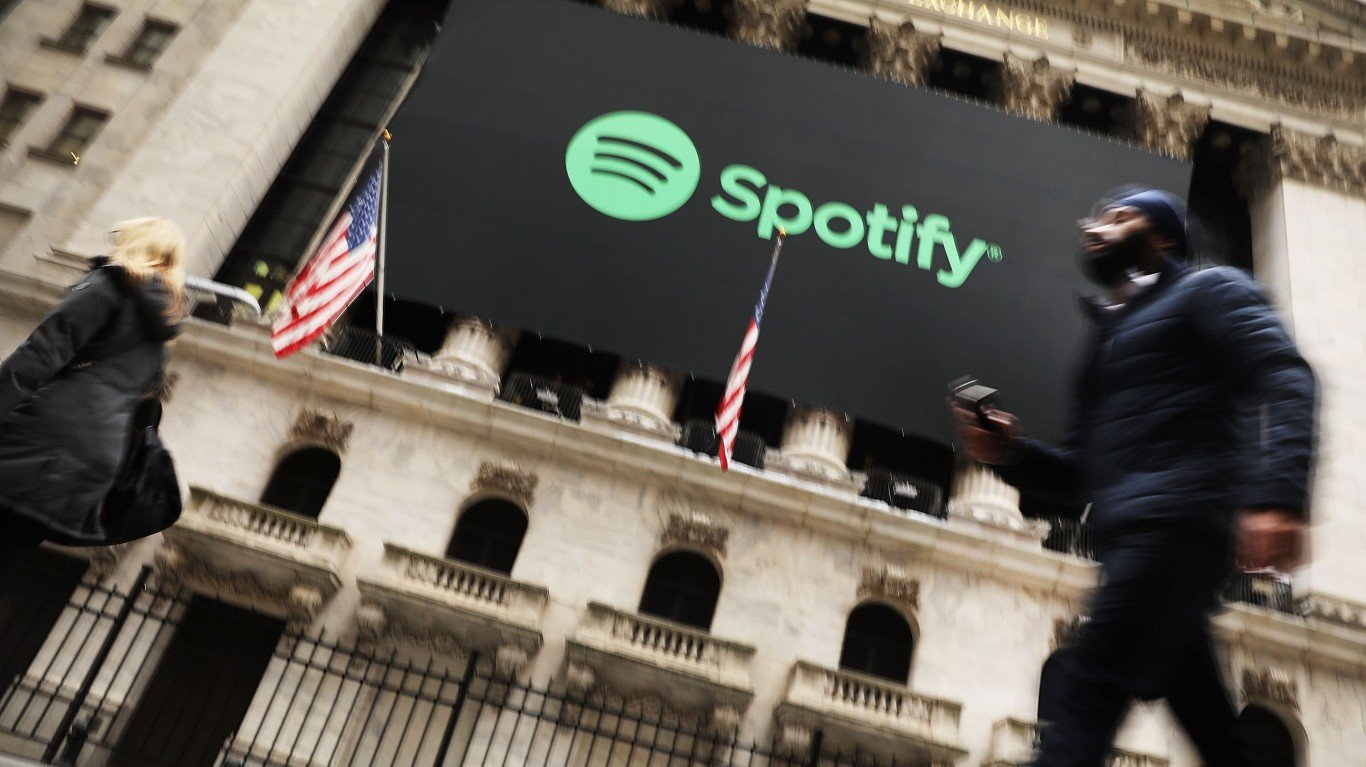
While a case can be made that OpenAI has been a major contributor to Azure AI’s triple digit year over year growth, Microsoft already saw a need to look beyond Sam Altman’s OpenAI and took the proactive step of changing its cloud provider exclusivity arrangement to a right of first refusal. Rumors of Microsoft’s overtures to Anthropic and its large portfolio of AI technologies continue to proliferate. While Microsoft is not cutting ties with OpenAI, it definitely is open to expanding its horizons with other partners for Azure.
A few weeks later, OpenAI’s former co-founder, Elon Musk, publicly announced a $94 billion offer for OpenAI, claiming it was never meant to be a for profit company. This was based on Sam Altman’s intentional departure from the original premise of OpenAI, which was created jointly with Musk to be a not-for-profit entity. Although Altman turned down the offer, controversies about Altman and the suspicious death of OpenAI whistleblower Suchir Balaji remain, and other legal issues may follow. China’s DeepSeek, which has wowed the tech community with its ability to match OpenAI at a fraction of its cost, might be proving Musk’s instincts towards keeping OpenAI a not-for-profit were correct.
In any event, Microsoft is clearly extricating itself from any perception of Azure AI being dependent on OpenAI for further growth, with its 365 Copilot and other projects.
Microsoft’s 365 Copilot chatbot has been a huge home run for the company.
-
- With 70% of Fortune 500 companies already 365 Copilot customers, Melius Research projects the platform is approaching a 10% market penetration rate. This will equate to over $10 billion in revenues over the next 5 years.
- Recent notable new customers include Barclays PLC, Novartis, Carrier Group, Pearson plc,, and the University of Miami – each signing up for over 10,000 seats.
- User metrics are huge. Forrester predicts that small to medium businesses that adopt Copilot will see an ROI boost of 132% to 353% over three years.
- GitHub Copilot, jointly created by Microsoft and AI, has become the tool of choice by leaders in banking (HSBC Holdings), Accounting (KPMG), Computer Equipment (Hewlett Packard) and audio streaming entertainment (Spotify), and ASOS (apparel), among others. It has grown 50% in the past 24 months.
- AI apps are another area of Microsoft AI growth. Customized specific use applications by companies like Siemens, Bayer, and Rockwell are expanding, and Microsoft’s Phi family of Small Language Models (SLM) has seen over 20 million downloads.
Maybe Not So Expensive After All

From a current Price to Earnings perspective, the Magnificent 7 stocks’ compare as follows:
| Stock | Price as of 2/13/2025 | Price to Earnings Ratio |
| Apple (AAPL) | $241.53 | 38.34 |
| Amazon (AMZN) | $230.37 | 41.58 |
| Alphabet (GOOG) | $187.88 | 23.34 |
| Meta (META) | $728.56 | 30.52 |
| Nvidia (NVDA) | $135.29 | 53.47 |
| Tesla (TSLA) | $355.94 | 173.63 |
| Microsoft | $410.54 | 33.10 |
Microsoft’s P/E ratio is a relatively low 33.10 compared to its Magnificent 7 peers, with only Alphabet (Google) and Meta (Facebook) with lower ratios. Meanwhile, the following firms’ analysts have issued “buy” ratings for Microsoft with the following price targets since December, 2024:
- Morgan Stanley – $540
- Cantor Fitzgerald – $509
- Piper Sandler – $520
- Mizuho – $500
- UBS – $520
- Loop Capital – $550
These firms have no need to maintain a loyalty to Microsoft if they believe that another stock, such as one of the other Magnificent 7 members, will deliver better bang for the buck and further enhance a portfolio. The fact that they remain bullish about Microsoft to the tune of a minimum 25% gain over the next year says a lot about the steps the company has been taking to keep its cutting edge.
The post I Believed Microsoft Stock Was Too Expensive, But These 2 Growth Stories Made Me Reevaluate appeared first on 24/7 Wall St..
